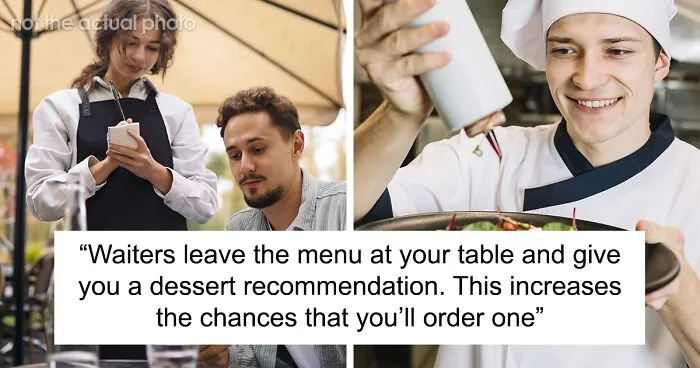The saying “all is fair in love and war” is often extended to business practices as well. Dr. Hussein Naji, who has a Ph.D. in AI & Data Science for Healthcare, is dedicated to understanding and educating others about these methods. Last week, he shared a post on his Threads account revealing manipulative tactics in the restaurant industry that exploit psychological tricks to increase spending. He believes that awareness of these practices is crucial for protecting oneself from being manipulated.
More info: husseinnaji.beehiiv.com
RELATED:
- –“Scientist Shares 10 Ways Restaurants Manipulate Us Into Spending More Money
- –Top Reasons to Visit Houston Botanic Garden in 2025
- –7 Luxury Kitchen Renovation Features You Should Have
Dirty Psychological Tricks Restaurants Use To Make More Money
There are so many laws controlling how we spend our money when eating out that it’s hard to notice when they take hold of us.
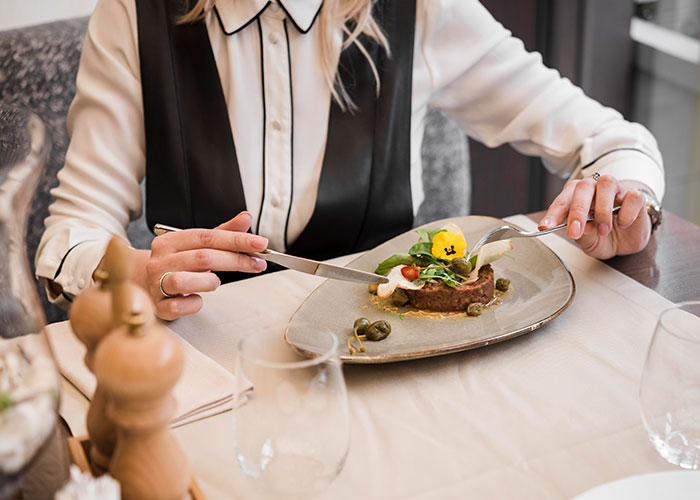
Here are a few collected by Dr. Hussein Naji that should provide a better understanding of what we’re paying for
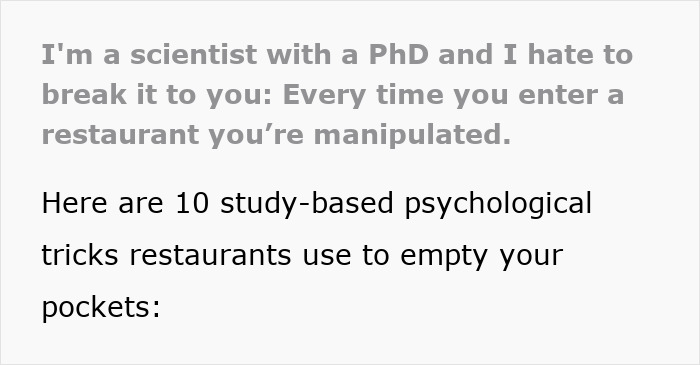
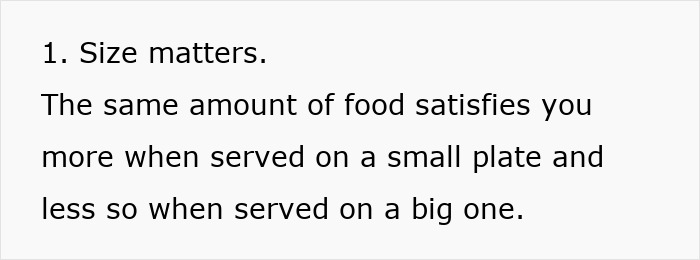
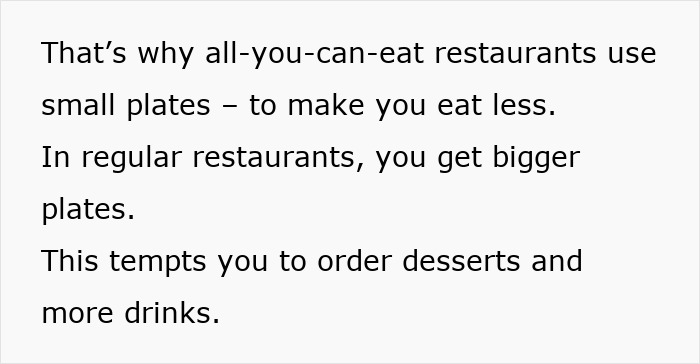
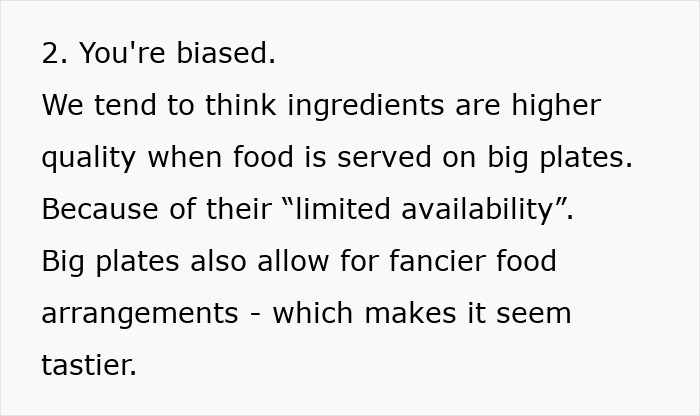
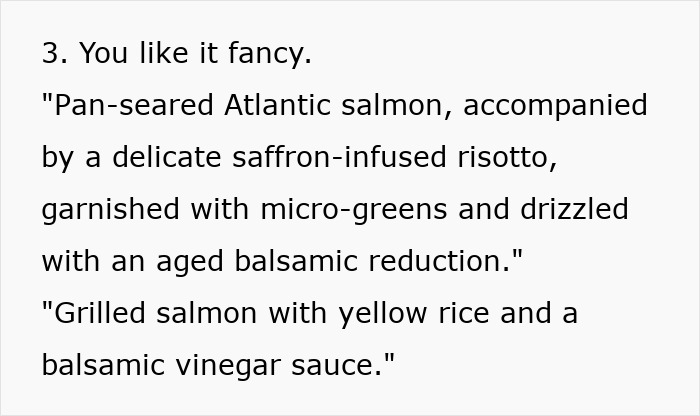
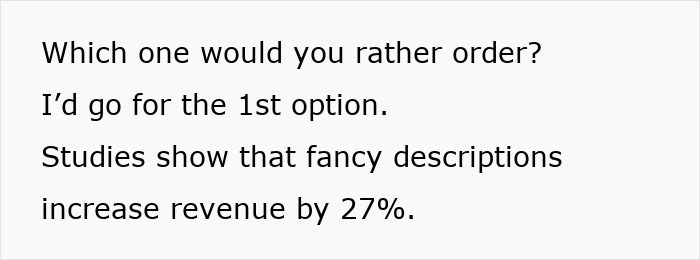
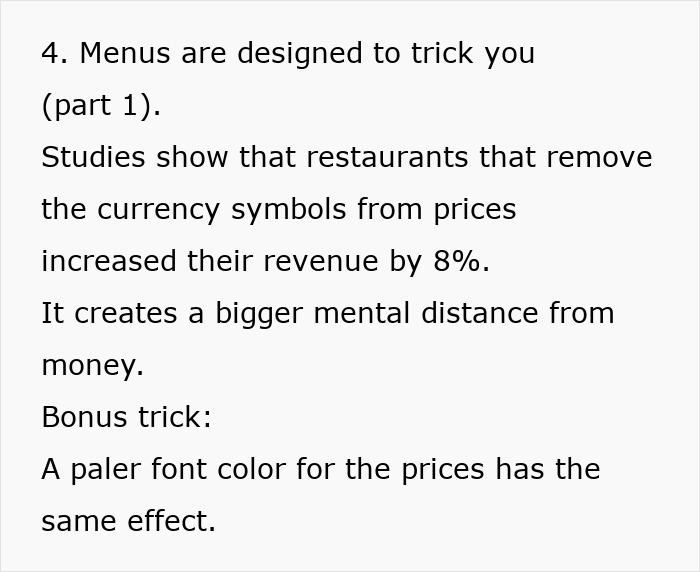

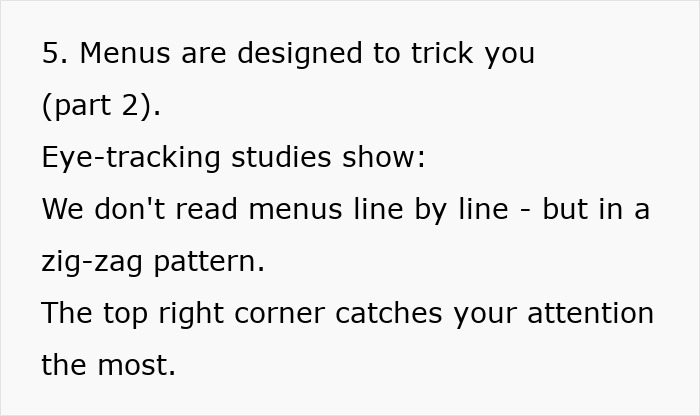
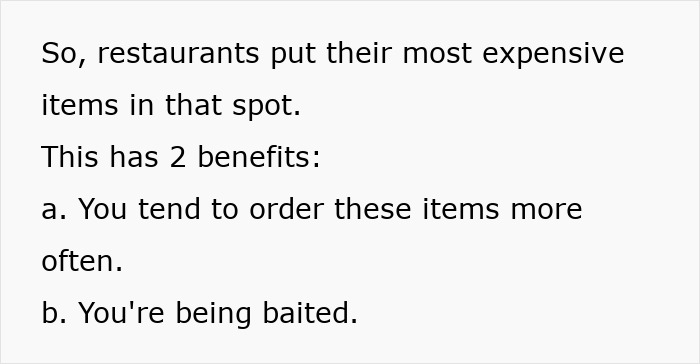

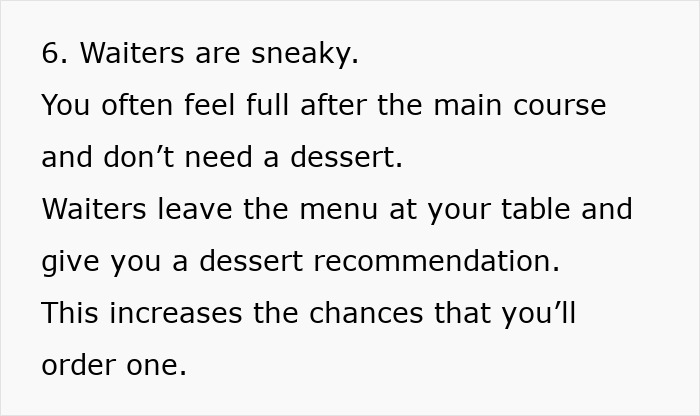
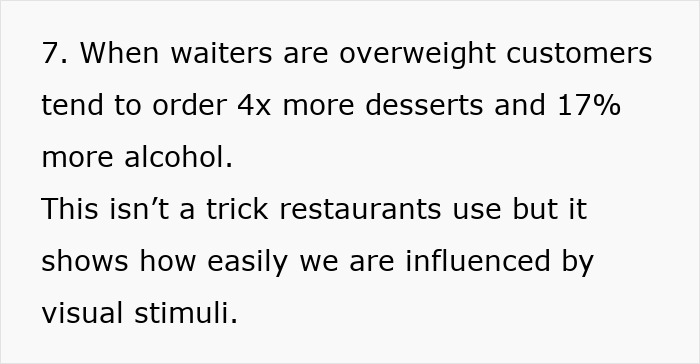
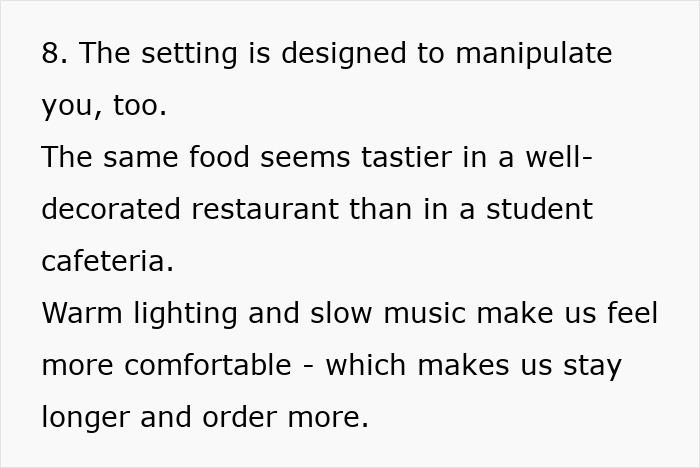
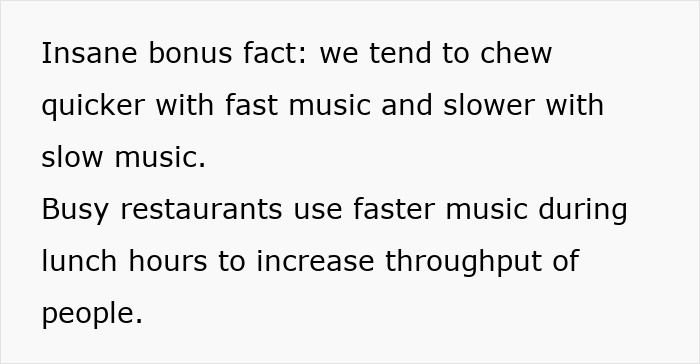
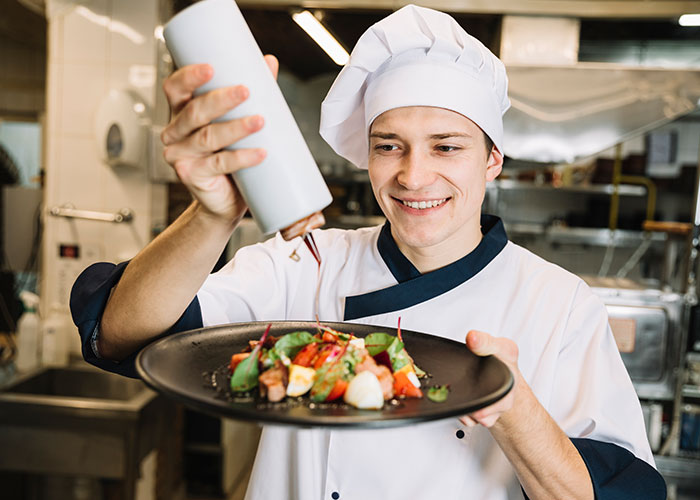
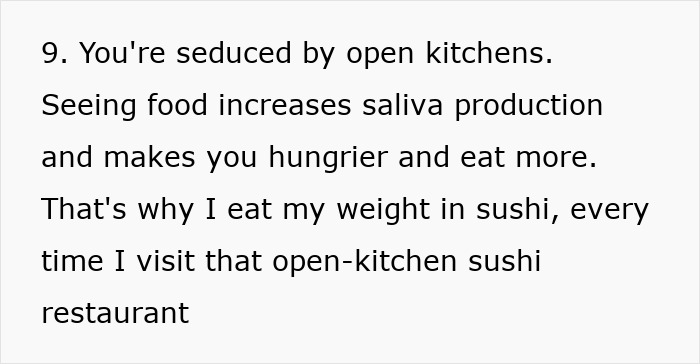
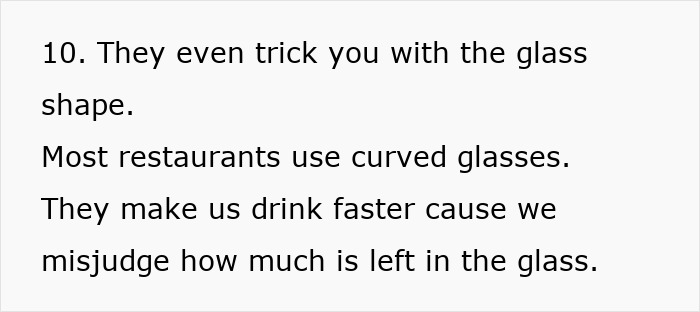
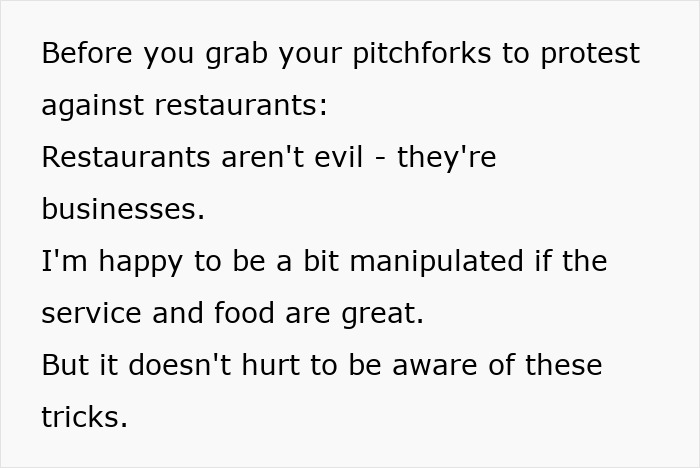
Image credits: husseinnaji_
The author of the post told us that it shouldn’t be viewed as an attack on the restaurant industry

Dr. Hussein Naji, who holds a Ph.D. in AI & Data Science for Healthcare, discussed the intersection of marketing and psychology with Bored Panda, sparked by his viral thread. He explained that his interest in psychology helps him understand himself and the world better. His exploration into the psychological tactics used in marketing began accidentally when he found the topic online and decided to delve deeper.
In his discussion, Dr. Naji admitted that despite his knowledge, he is not immune to these marketing tactics, having been influenced by them himself. He enjoys learning from such insights and shares his findings to potentially help others improve as well.
Dr. Naji clarified that his post was not meant to criticize restaurants for unethical practices but to highlight their business strategies. He appreciates dining out, noting that the experience, including good food and friendly service, often outweighs the subtle sales tactics, such as persuading customers to order an extra dessert.
He believes that ethical sales hinge on transparency and intent. Transparency involves clear communication about what is being sold, without omitting crucial information or making misleading claims. The intent should always aim to benefit the customer, making each transaction a win-win situation.
A report on the State of the Restaurant Industry in 2025 supports his views, indicating that most restaurant patrons, particularly in the US, prioritize their dining experience over cost. According to the study, the vast majority of adults enjoy eating out, suggesting that while restaurants may employ persuasive strategies, they generally maintain customer satisfaction. This contrasts sharply with more contentious issues like tipping culture.
As the reactions poured in, a few extra observations emerged
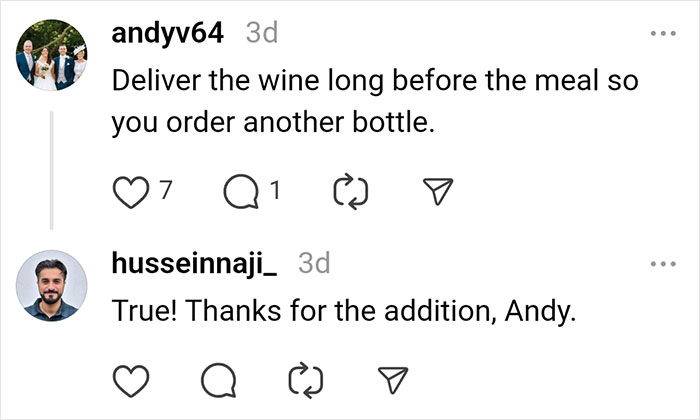
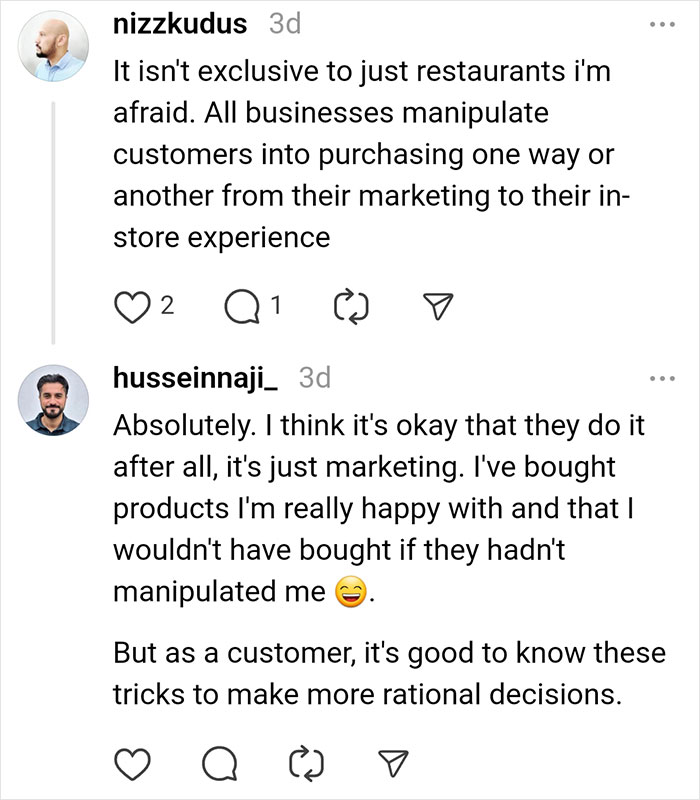
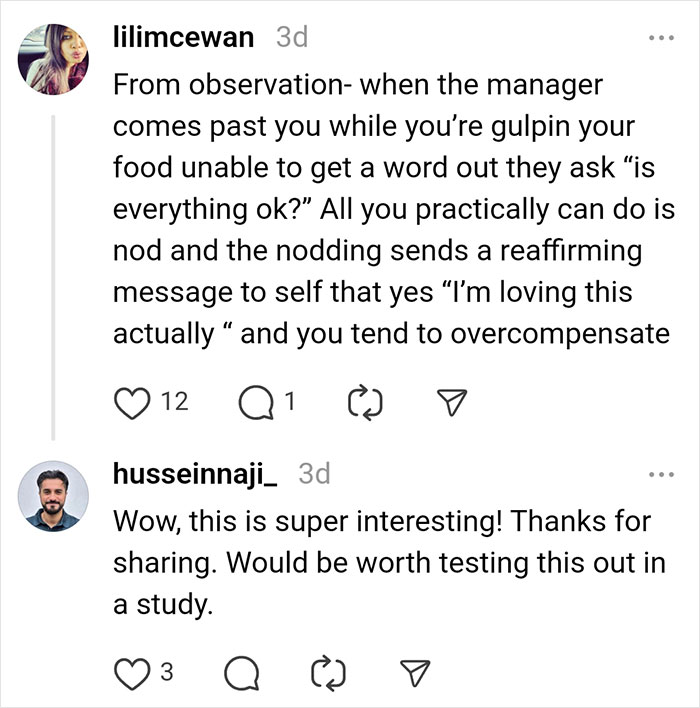
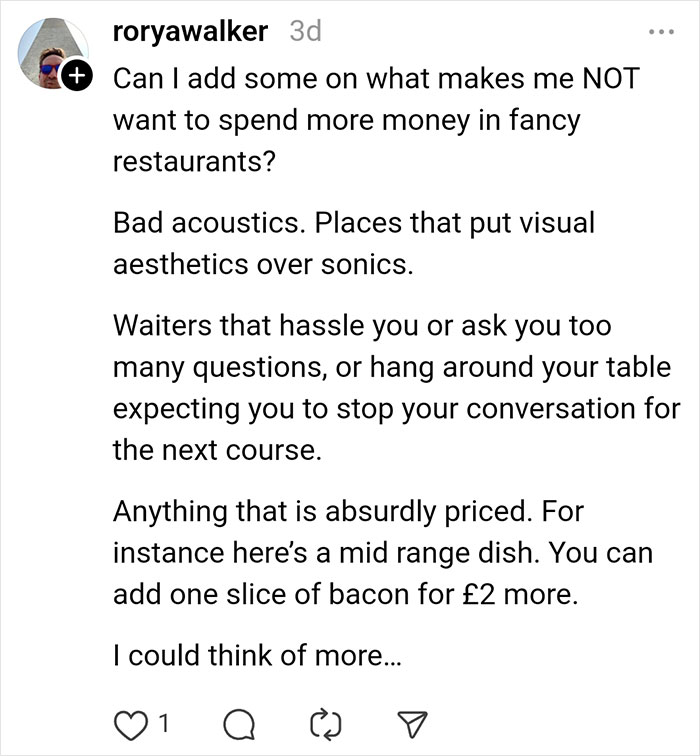
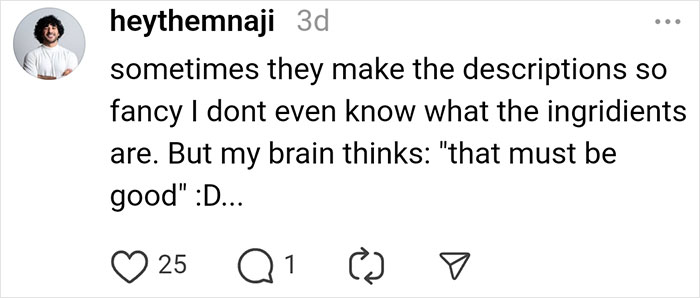
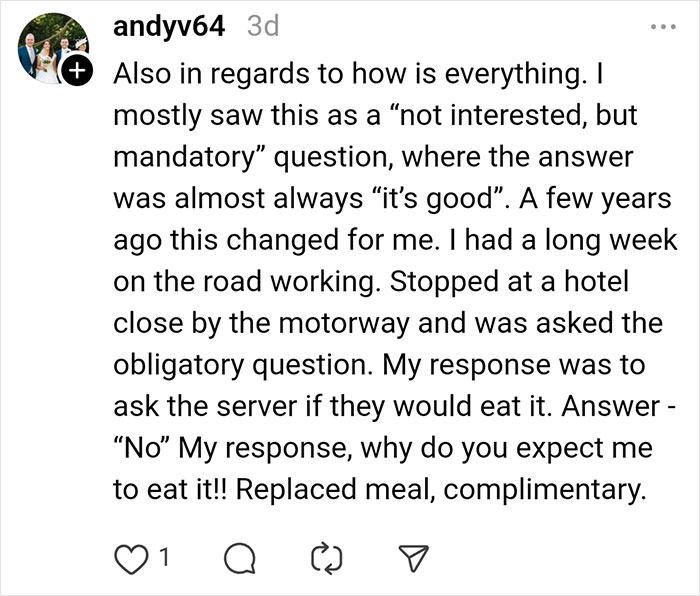

credits by boredpanda.com
